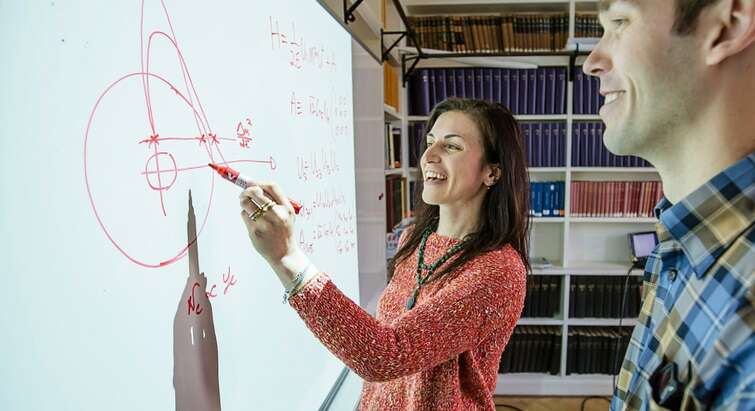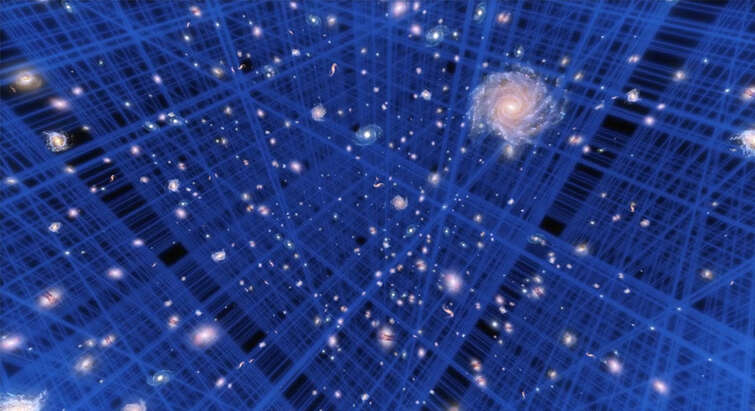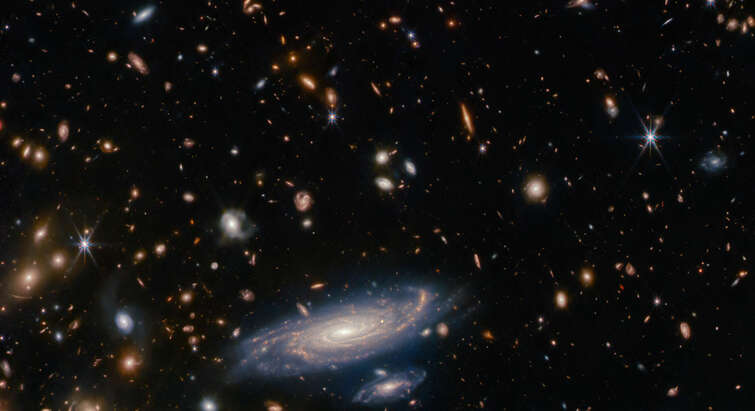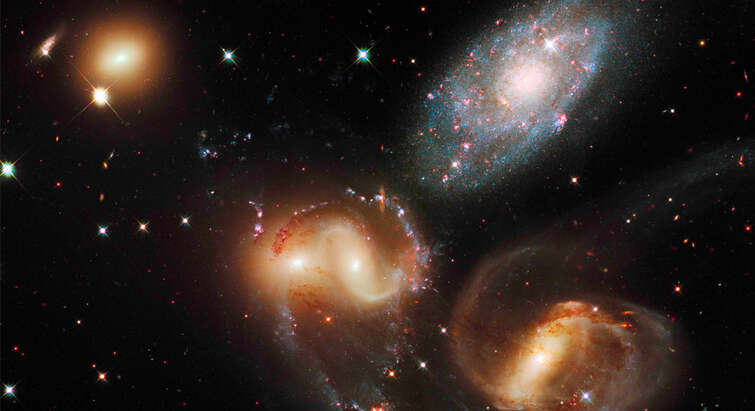
News about Astrophysics
Viser 73 til 96 af 430 dokumenter.


Ida Sternberg Holk

Jesper Larsen

Clara Giménez Arteaga

Webb observes the glowing embers of colliding neutron stars

Meghana Killi

Colliding neutron stars provide a new way to measure the expansion of the Universe

Astronomers discover newborn galaxies with the James Webb Space Telescope

Rasmus Damgaard Nielsen

A galaxy group in the early Universe

Alejandro Maza Villalpando

Johannes Fuglseth Bæk

Flemming Daniel Fischer

Jacob Osman Hjortlund

Sofie Helene Bruun

Bence Kristof Takacs

Irati Lizaso Berrueta

Daniel Dalsgaard Jonsson

Mette Baungaard

Hao Zhang

Isabella Henum

Lise Klungsøyr Nøland

Luka Vujeva

